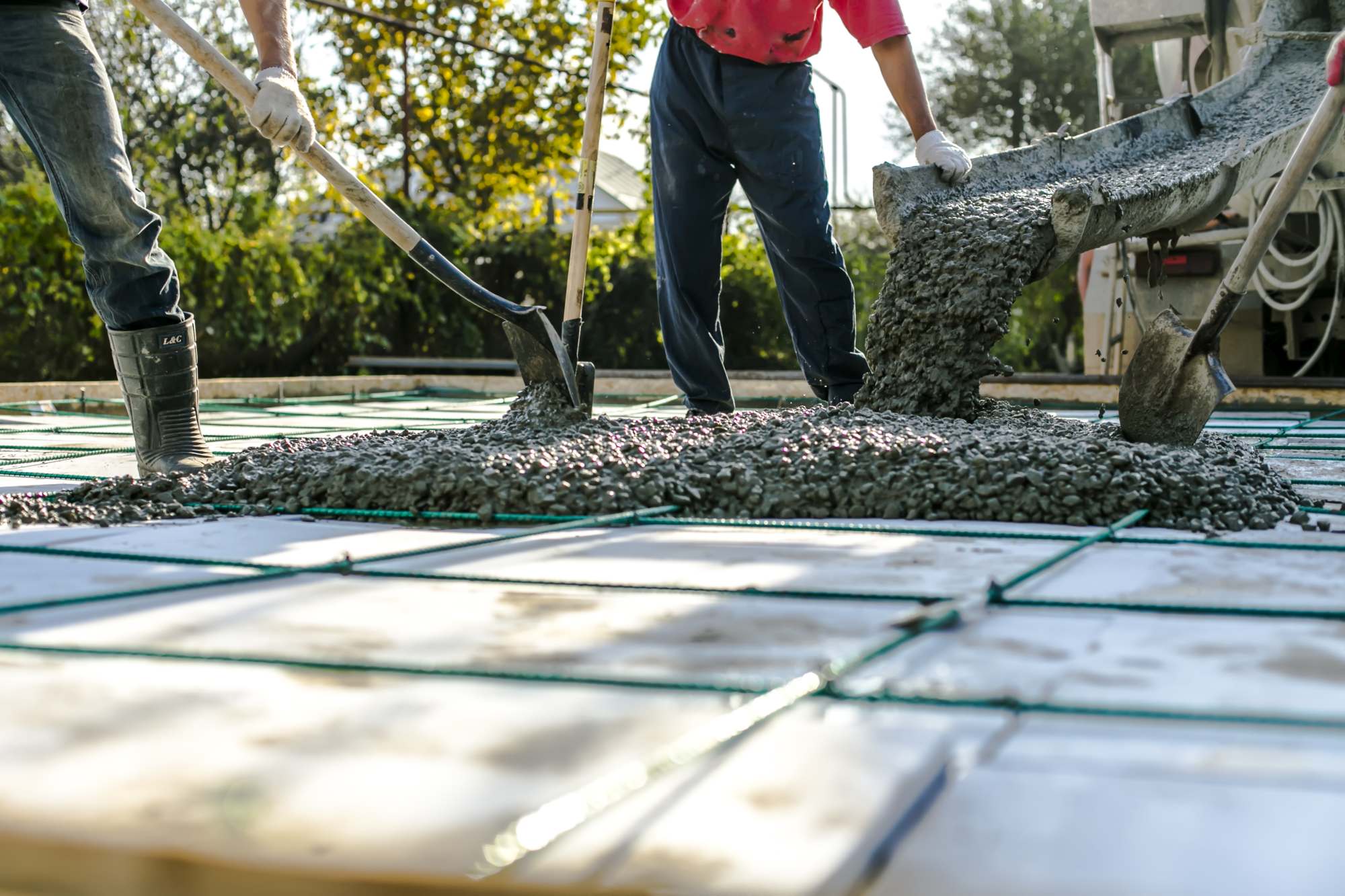How to Restore Concrete After Water Damage

While concrete appears solid, it is porous, and water from flooding must be removed from it quickly, so it doesn’t soak into the concrete and cause damage. When flooding has occurred inside a home with a concrete foundation, removal of the flooring must be done, and the restoration of cement must be accomplished as well before new flooring installation. Just because the concrete looks dry does not mean it’s ready for new flooring installation, so homeowners should be careful if they have suffered from flooding inside their home.
Remove All Standing Water from Concrete
All standing water must be removed from the concrete. Start by removing anything that has been water damaged from the room, including any walls or furniture. Then, the flooring in the room can be removed and discarded or dried if it’s possible to restore it. Once everything has been taken out of the room, any standing water should be mopped up. After as much as possible has been mopped up, high-velocity air movers, dehumidifiers, and other tools can be used to remove more standing water. It needs to be done quickly to prevent water from soaking into the concrete and becoming trapped inside.

Thoroughly Dry Concrete
Though the standing water is gone, complete extraction must be done because there is still some water that has made its way into the concrete. If not done, the water can seep out of the concrete in the future and damage any new flooring from underneath. High-velocity air movers, dehumidifiers, and other tools like desiccants and low-grain refrigerants can be used to remove the moisture in the concrete. These tools can help remove the trapped moisture and ensure it completely evaporates, so the concrete is dry and ready for the new flooring to be installed.
Check Humidity Levels Before Installing Flooring
Thermohydrometers are used to check the humidity levels in the room. To ensure all of the water has been removed by the concrete and to make sure the damage has not spread to other areas. Concrete that has soaked up significant amounts of water can have humidity levels in the high 60s, but this will be drastically lowered with the right drying and extraction techniques. When the humidity levels have dropped sufficiently and are at the average level for concrete, the restoration is done, and the new flooring can be installed. At this point, any moisture trapped in the concrete is minimal and is not likely to cause damage to the flooring over time.

The concrete in a home must be restored appropriately after flooding to prevent future issues due to moisture. If you have experienced flooding in your home and you have a concrete foundation, speak with restoration professionals to get help with this process. They can ensure the concrete is thoroughly dried and is ready for the installation of new flooring. Contact them today for an estimate or to learn more about the restoration services available.
